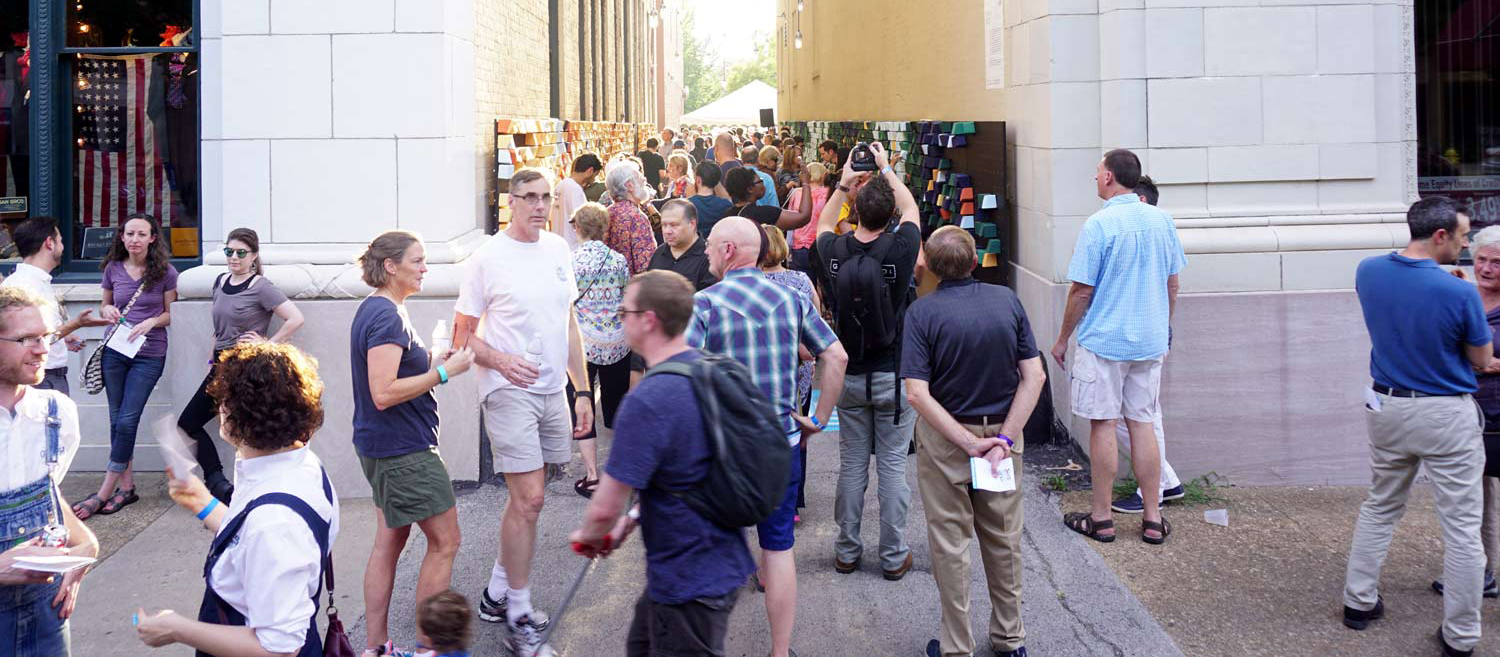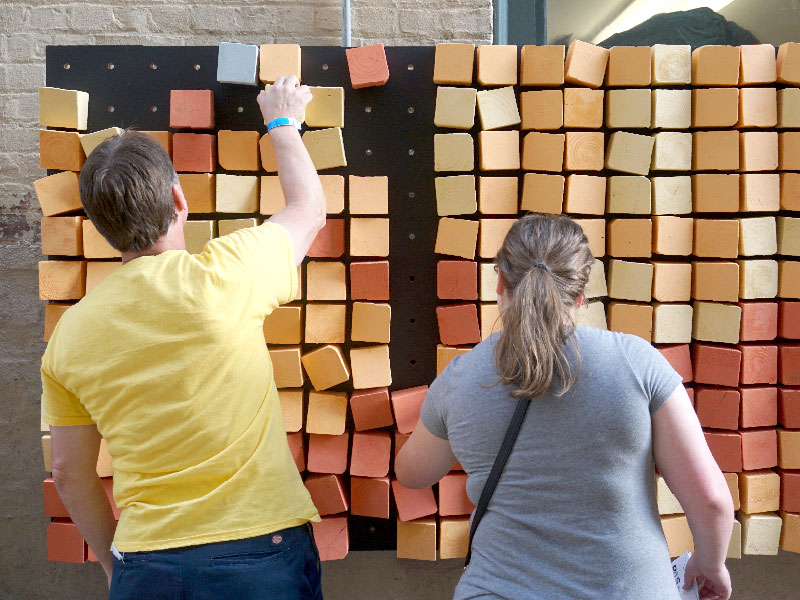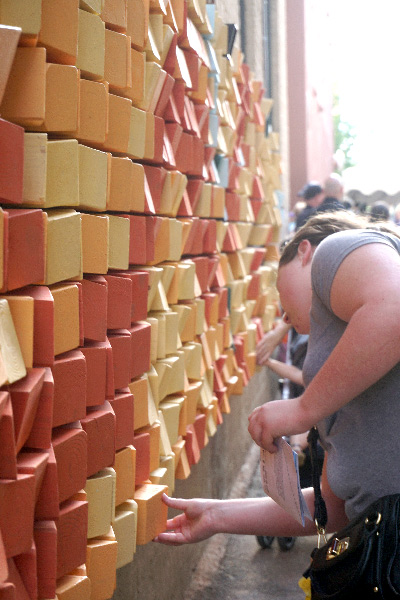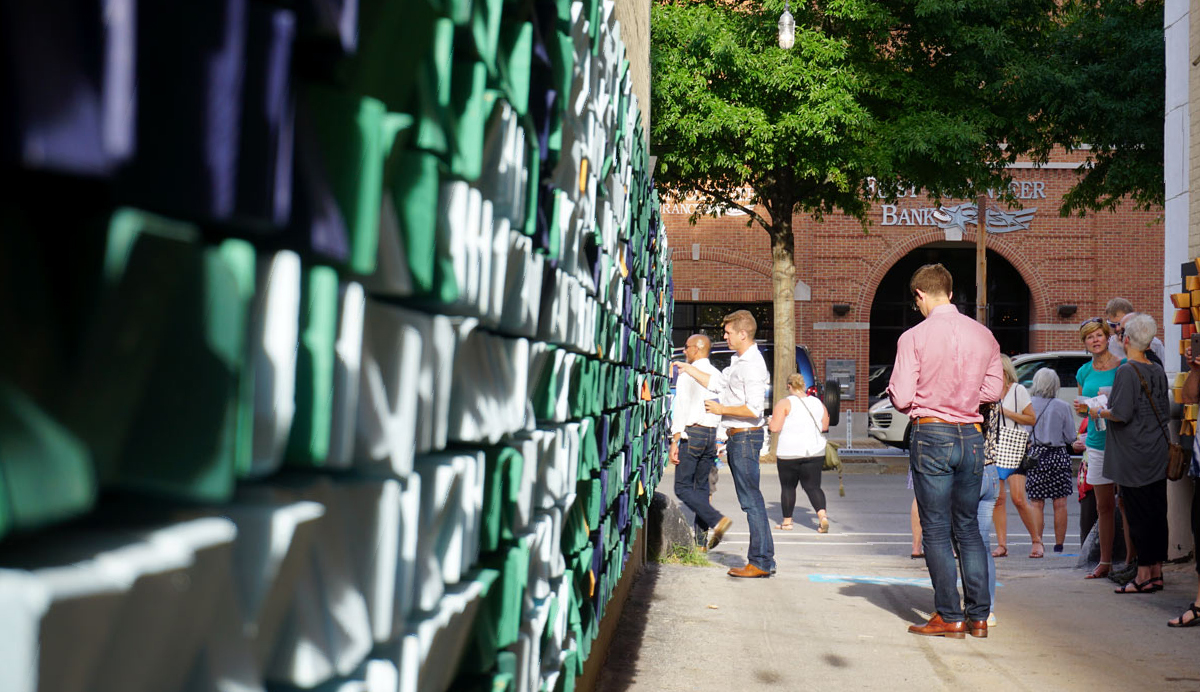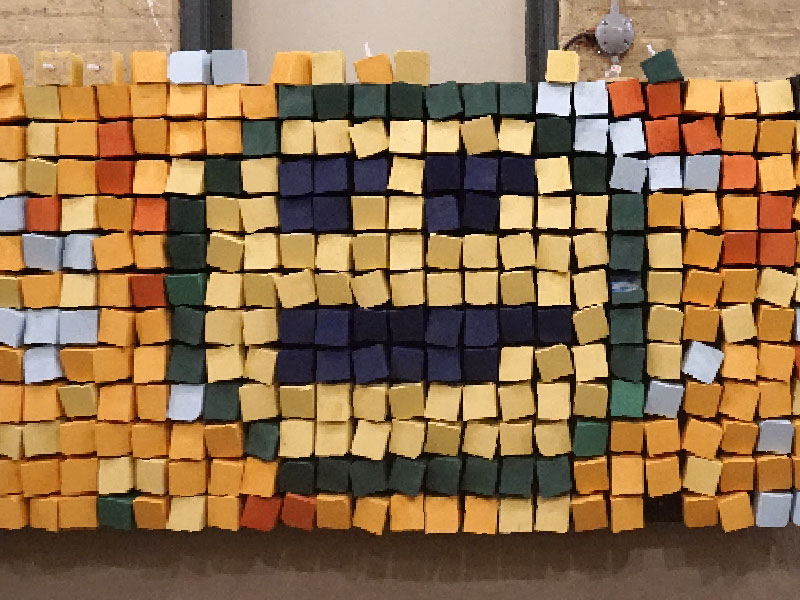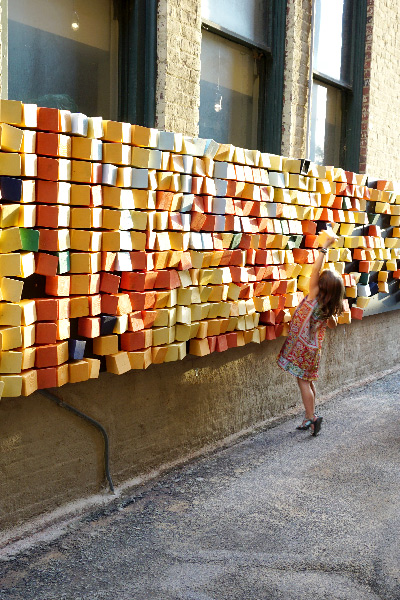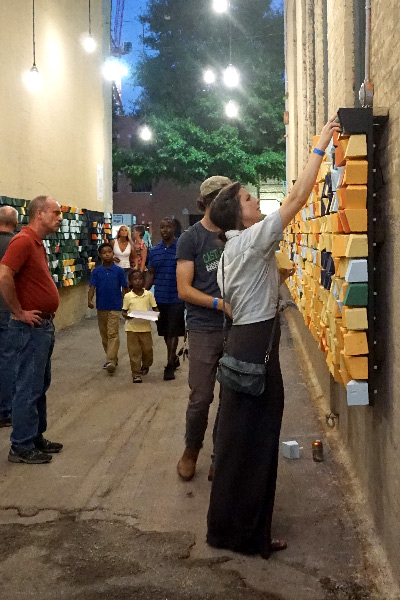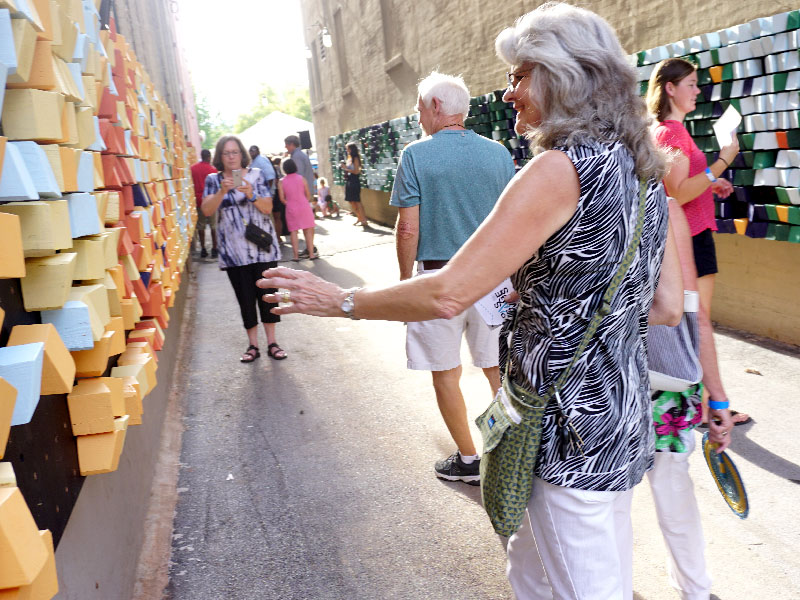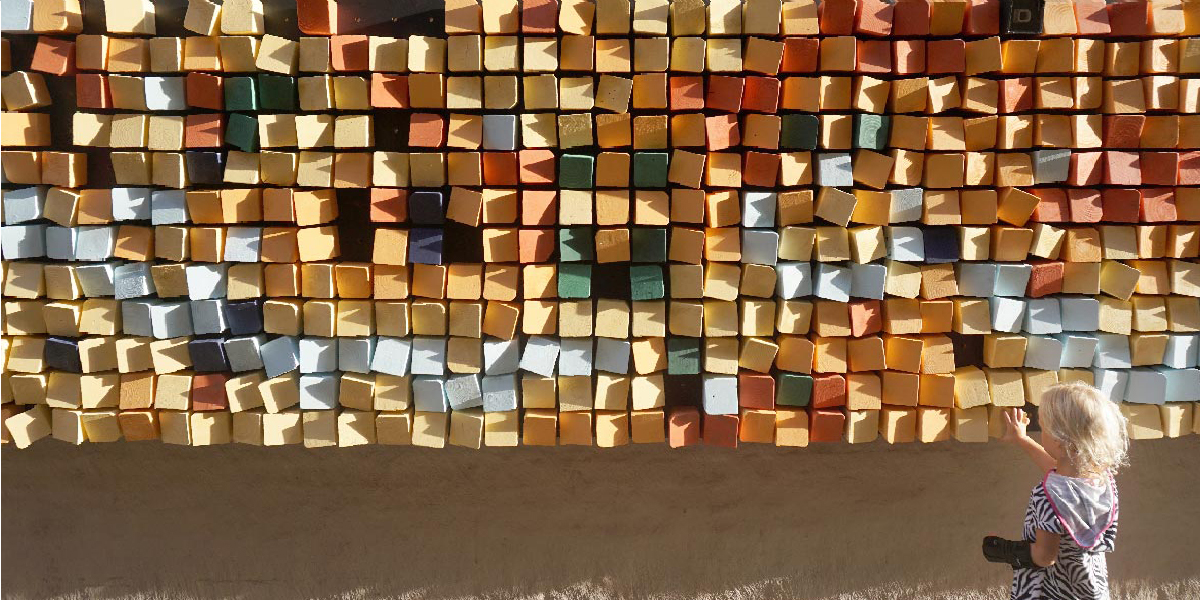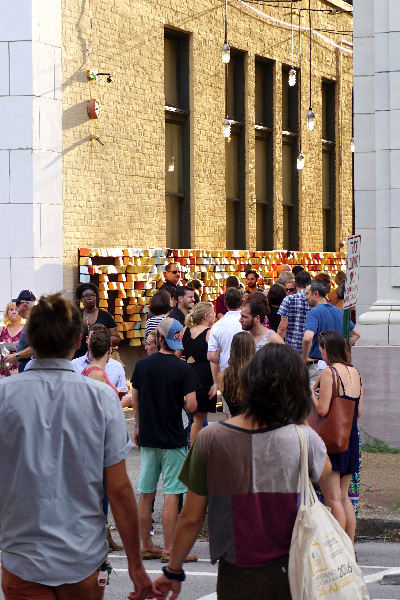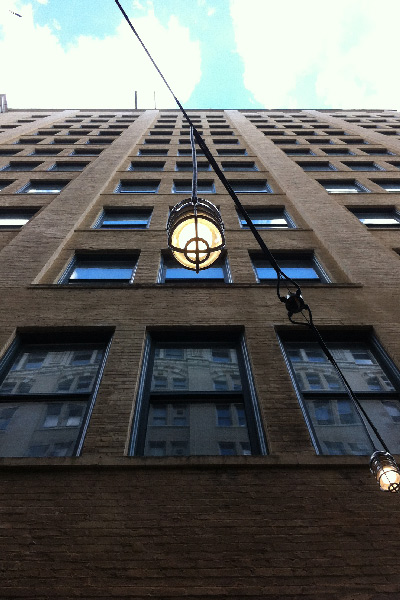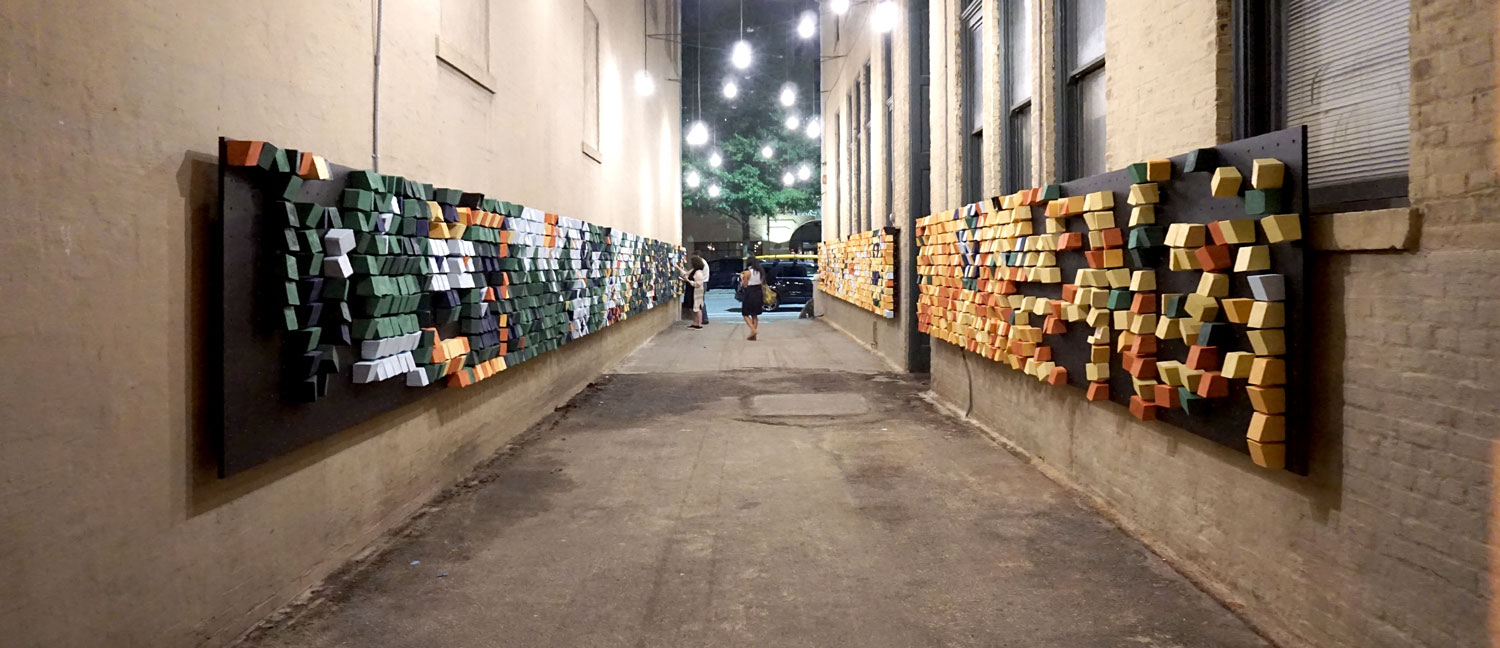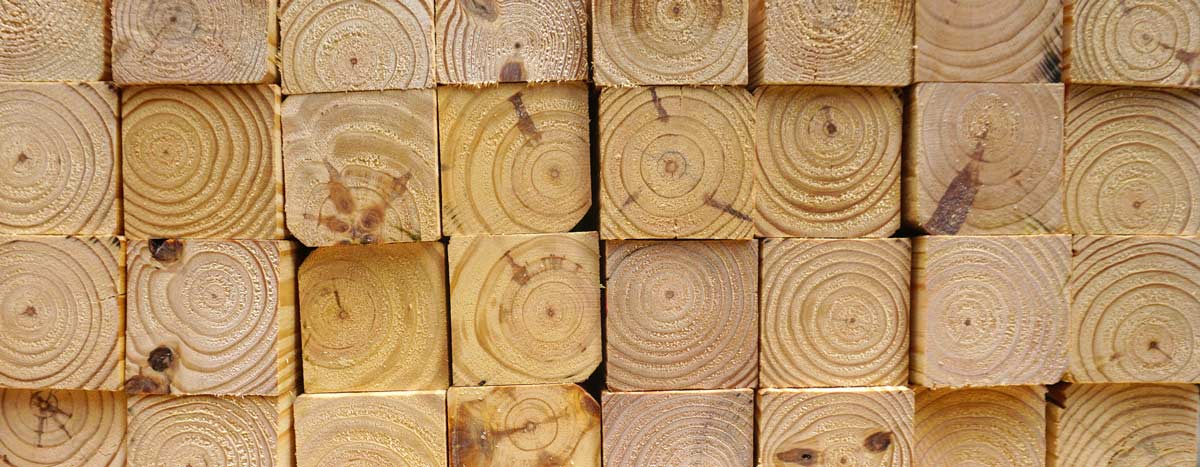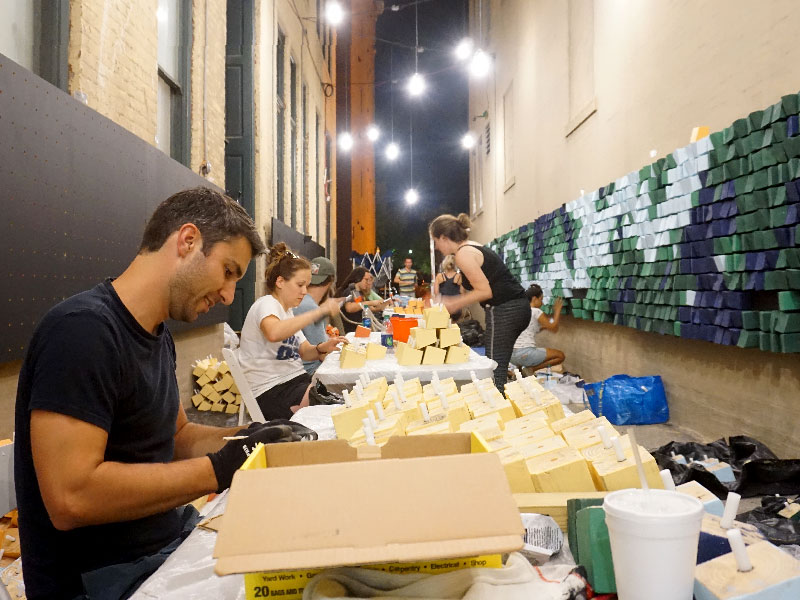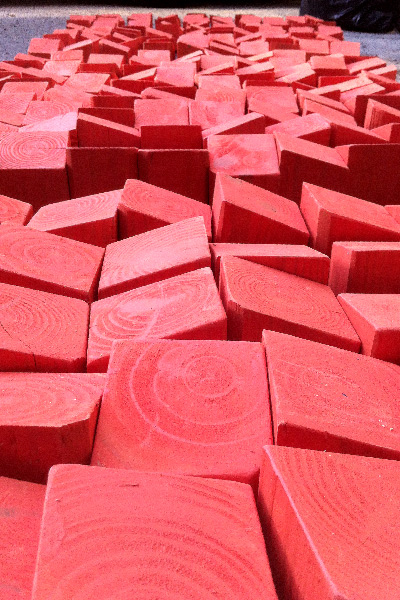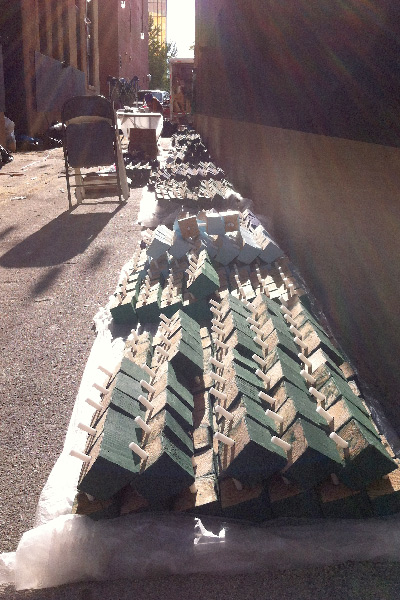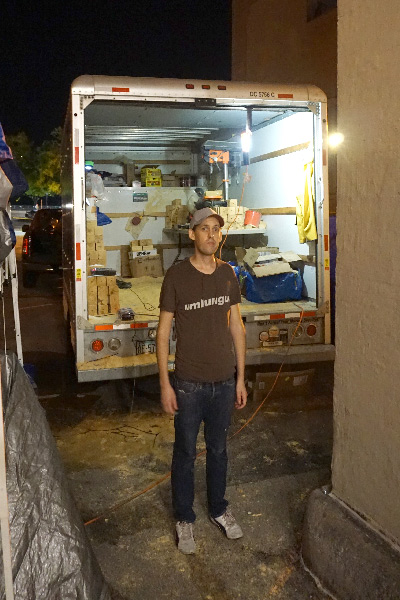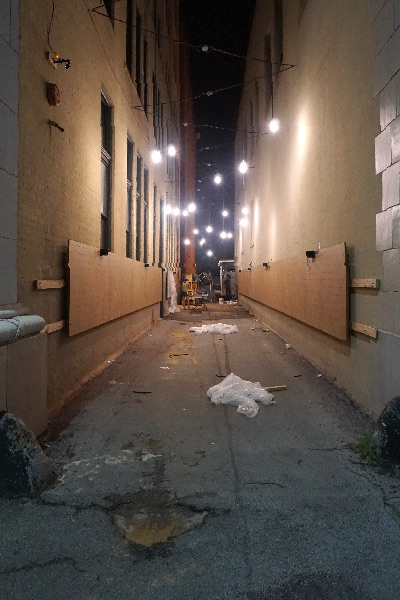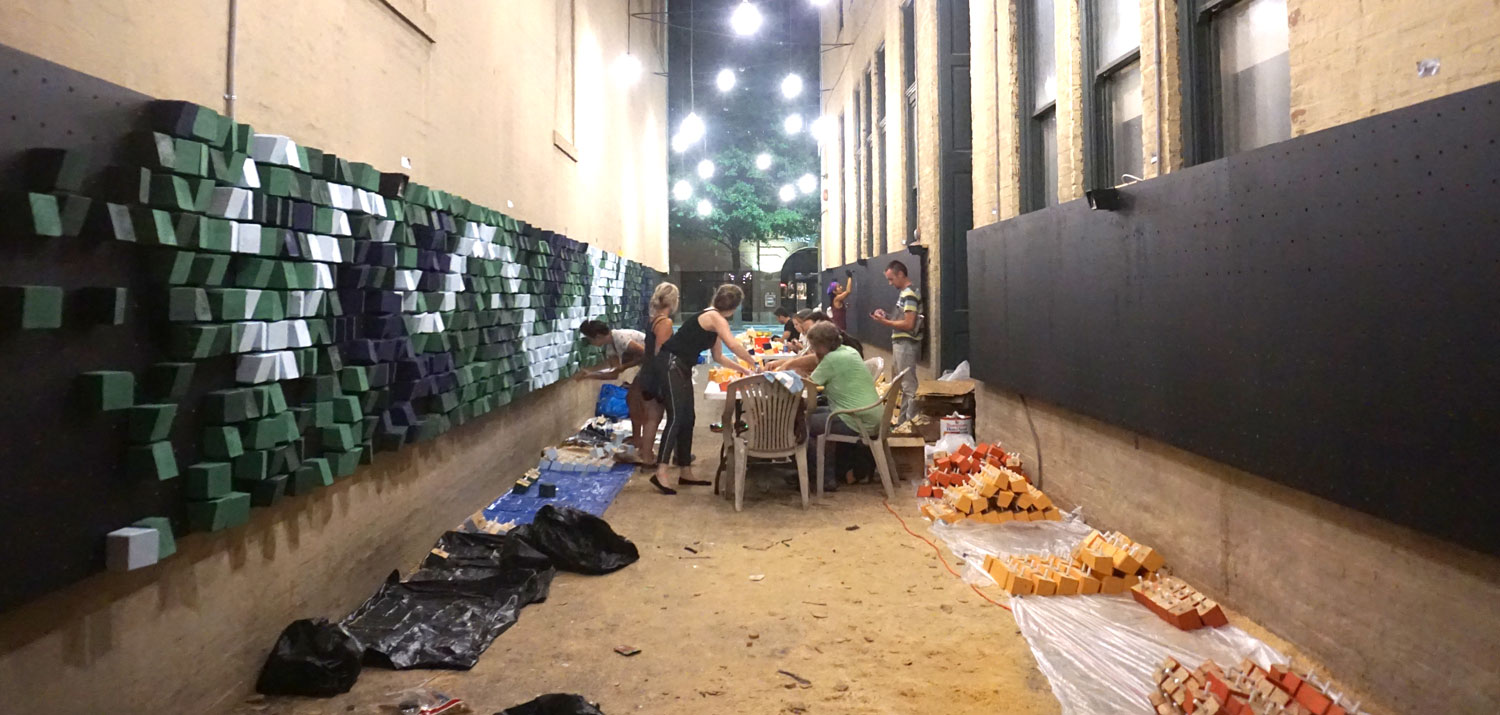Neural Alley is a large scale interactive public art piece created for
Passageways – a program by the
AIA Tennessee and
River City Company designed to revitalize downtown Chattanooga through the introduction of art installations in highly trafficked alleyways.
The alley, which lies between a main street and a parking lot and is just south of the Tivoli Theater, serves as a thoroughfare for concertgoers, workers, and shoppers. Before the installation it was uninviting and fostered somewhat undesirable activities due to the dark conditions that typically accompany any neglected in-between space. We [
Jenny Hiser,
Carson Smuts, and myself] sought to address this by introducing a different atmosphere through art, light, interactivity, and community ownership.
Neural Alley is an attempt to experiment with a medium that is neither purely digital nor purely analog. Many of the recent projects done by myself, or by Carson or Jenny, have been trapped behind the computer screen, and so we wanted to see if we could shift our design a few steps out of the digital realm by simulating a digital structure and giving people a way to interact with the primary piece without having to resort to special tools [a phone, computer, or anything with power].
The primary inspiration of the piece was the concept of transference. The alleyway is a corridor for people to go from one place to another, the Tennessee river is a natural channel for water, the streets around the alleyway are conduits for transportation, etc. We designed Neural Alley as an additional layer of transference that would not only promote a disruption [and thus, interference.. at least visually] with the pedestrian traffic of the alley, but also change the character of the space and transform it into something that would enrich the journey.
Neural Alley is made from a 4,003 wooden ‘pixels’ made from standard 4x4 lumber. Each pixel has a rod inserted into the back of it; this allows for the pixel to rest in holes drilled into plywood pegboards that are fixed to the alley walls. The pixels are each painted one of 7 colors and were initially laid out to form two murals – the modern footprint of the Tennessee river on the north wall, and the older version, pre-dam, on the south. Just like the metaphor of the changing river landscape, the murals were meant to be starting points that would morph over time according to external forces [the people passing through].
When designing Neural Alley, it was easy to overlook just how long the fabrication of 4000+ of anything would actually take. Due to the nature of the construction, it was a linear process that could be sped up with more hands. Luckily for us an army of amazing volunteers, mostly from the
River City Company and
Cogent Studios, assisted in the painting, rod glueing, and hanging of the pixels. Because of them, we completed the project with a little time to spare. In addition to the time saved from the distribution of labor, another benefit of this process was that it created a sense of ownership for those who helped – from the adults to the kids. Some had special methods of painting their blocks, others signed the backs of them, and some got really into the pixel hanging.
During the public opening people from all over the community came out to celebrate the downtown interventions [of which there were four total]. The level of interaction with Neural Alley was well beyond our expectations – the murals were completely unrecognizable an hour into the afternoon.
In addition to the 4,003 wooden pixels, there are 8 cameras mounted throughout the alleyway. They are set take pictures of the blocks every few minutes so that we can digitize the results. The digital version of the wall will live at
neuralalley.com where people can scroll through time and re-visit the different states of the walls.
In collaboration with
Jenny Hiser and
Carson Smuts.
Special thanks to
Cogent Studios,
River City Company,
Tri State Electrical Contractors, and
Range for major help in the completion of this project.


